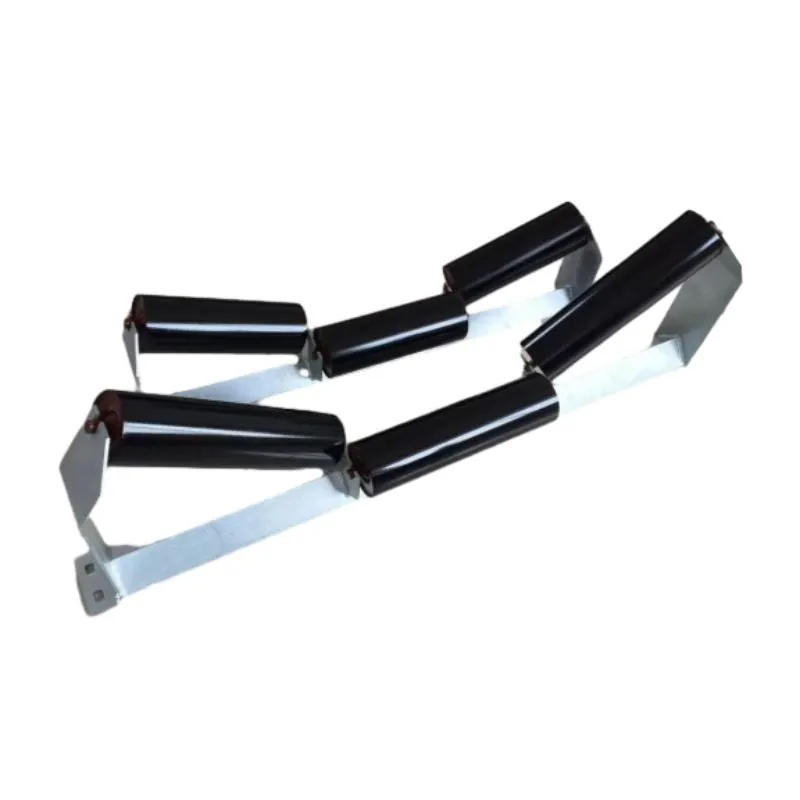 Afrikaans
Afrikaans  Albanian
Albanian  Amharic
Amharic  Arabic
Arabic  Armenian
Armenian  Azerbaijani
Azerbaijani  Basque
Basque  Belarusian
Belarusian  Bengali
Bengali  Bosnian
Bosnian  Bulgarian
Bulgarian  Catalan
Catalan  Cebuano
Cebuano  Corsican
Corsican  Croatian
Croatian  Czech
Czech  Danish
Danish  Dutch
Dutch  English
English  Esperanto
Esperanto  Estonian
Estonian  Finnish
Finnish  French
French  Frisian
Frisian  Galician
Galician  Georgian
Georgian  German
German  Greek
Greek  Gujarati
Gujarati  Haitian Creole
Haitian Creole  hausa
hausa  hawaiian
hawaiian  Hebrew
Hebrew  Hindi
Hindi  Miao
Miao  Hungarian
Hungarian  Icelandic
Icelandic  igbo
igbo  Indonesian
Indonesian  irish
irish  Italian
Italian  Japanese
Japanese  Javanese
Javanese  Kannada
Kannada  kazakh
kazakh  Khmer
Khmer  Rwandese
Rwandese  Korean
Korean  Kurdish
Kurdish  Kyrgyz
Kyrgyz  Lao
Lao  Latin
Latin  Latvian
Latvian  Lithuanian
Lithuanian  Luxembourgish
Luxembourgish  Macedonian
Macedonian  Malgashi
Malgashi  Malay
Malay  Malayalam
Malayalam  Maltese
Maltese  Maori
Maori  Marathi
Marathi  Mongolian
Mongolian  Myanmar
Myanmar  Nepali
Nepali  Norwegian
Norwegian  Norwegian
Norwegian  Occitan
Occitan  Pashto
Pashto  Persian
Persian  Polish
Polish  Portuguese
Portuguese  Punjabi
Punjabi  Romanian
Romanian  Russian
Russian  Samoan
Samoan  Scottish Gaelic
Scottish Gaelic  Serbian
Serbian  Sesotho
Sesotho  Shona
Shona  Sindhi
Sindhi  Sinhala
Sinhala  Slovak
Slovak  Slovenian
Slovenian  Somali
Somali  Spanish
Spanish  Sundanese
Sundanese  Swahili
Swahili  Swedish
Swedish  Tagalog
Tagalog  Tajik
Tajik  Tamil
Tamil  Tatar
Tatar  Telugu
Telugu  Thai
Thai  Turkish
Turkish  Turkmen
Turkmen  Ukrainian
Ukrainian  Urdu
Urdu  Uighur
Uighur  Uzbek
Uzbek  Vietnamese
Vietnamese  Welsh
Welsh  Bantu
Bantu  Yiddish
Yiddish  Yoruba
Yoruba  Zulu
Zulu Understanding the Role of Impact Idlers in Belt Conveyor Systems
The Role of Impact Idlers in Belt Conveyors
Belt conveyors are a cornerstone of modern material handling systems, widely employed across various industries such as mining, agriculture, and manufacturing. A critical component of these conveyors is the idler system, particularly impact idlers, which play a vital role in enhancing the efficiency and longevity of the belt conveyor system. Understanding the function and benefits of impact idlers is essential for optimizing conveyor operations.
Impact idlers are specially designed rollers positioned at points on the conveyor where materials are loaded onto the belt, such as at transfer points and chutes. When bulk materials, particularly heavy or abrasive materials, are deposited onto the conveyor, they can exert significant force on the belt. This impact can cause several issues, including belt deformation, damage, and excessive wear, leading to increased maintenance costs and downtime. Impact idlers are engineered to mitigate these problems.
One of the primary functions of impact idlers is to absorb the shock generated during material loading. These idlers typically feature a robust construction with high-durability materials and cushioning elements, such as rubber or polymer, that can withstand high impacts. This cushioning effect helps distribute the load over a wider area, minimizing the risk of localized damage to the belt and extending its service life. By effectively dampening the impact forces, these idlers contribute to maintaining the integrity of the entire conveyor system.
impact idlers are used in a belt conveyor at

Moreover, impact idlers facilitate better alignment and tracking of the conveyor belt. When bulk materials are loaded, if the idlers are not adequately designed to handle the impact, the belt can misalign, leading to potential spillage and further wear. Well-designed impact idlers ensure that the belt remains centered and properly aligned, allowing for a smoother and more efficient operation. This proper alignment is critical, as it not only affects the performance of the conveyor but also enhances the safety of the operation by preventing accidents caused by belt misalignment.
In addition to protecting the belt from impact, impact idlers also contribute to the overall efficiency of the conveyor system. By reducing belt wear and maintenance needs, companies can achieve higher operational uptime. This, in turn, improves productivity as materials are moved more efficiently through the production process. Furthermore, minimizing the frequency of maintenance and repairs leads to significant cost savings, allowing businesses to allocate resources more effectively.
Environmental considerations have also led to the increased adoption of impact idlers. Many modern impact idlers are designed with sustainability in mind, utilizing recyclable materials and optimizing their performance to reduce energy consumption. As industries strive to become more environmentally friendly, employing high-quality impact idlers can be a significant step towards achieving these goals.
In conclusion, impact idlers are indispensable components of belt conveyor systems, providing critical support during the material loading process. Their ability to absorb impact forces, maintain belt alignment, and enhance operational efficiency makes them vital for preventing damage to the belt and reducing maintenance costs. As industries continue to evolve and seek improvements in productivity and sustainability, the role of impact idlers will only become more significant. Investing in high-quality impact idlers is not just a matter of maintenance; it is a strategic decision that can lead to improved operational performance and long-term cost efficiencies.
-
Revolutionizing Conveyor Reliability with Advanced Rubber Lagging PulleysNewsJul.22,2025
-
Powering Precision and Durability with Expert Manufacturers of Conveyor ComponentsNewsJul.22,2025
-
Optimizing Conveyor Systems with Advanced Conveyor AccessoriesNewsJul.22,2025
-
Maximize Conveyor Efficiency with Quality Conveyor Idler PulleysNewsJul.22,2025
-
Future-Proof Your Conveyor System with High-Performance Polyurethane RollerNewsJul.22,2025
-
Driving Efficiency Forward with Quality Idlers and RollersNewsJul.22,2025





























